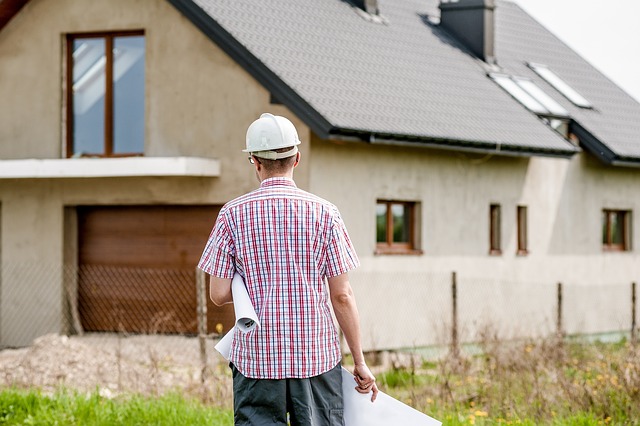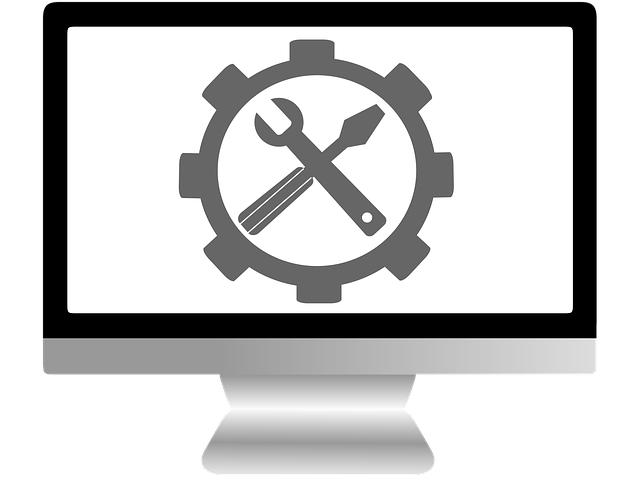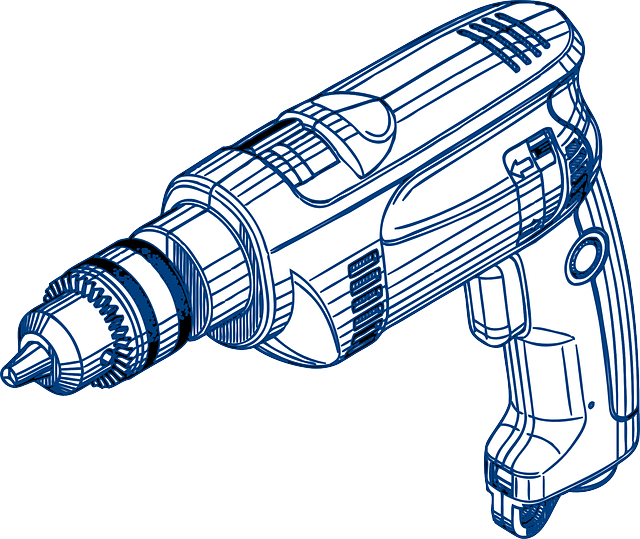Homeowners can tackle common appliance issues like cooling problems, leaks, or drainage problems with basic home repair and maintenance knowledge. Simple troubleshooting steps include checking power supply, inspecting for blockages, and ensuring leveling. A strategic approach is vital; while DIY methods are suitable for minor repairs, complex issues may require professional help due to specialized knowledge needs. When deciding between repair and replacement, consider appliance age, repair costs, environmental impact, and long-term efficiency. Following best practices for installation, including space assessment, power verification, and final checks, ensures smooth operation and longevity of appliances.
Appliances are integral to modern living, making their smooth operation crucial for home comfort. However, issues can arise, leading many to wonder: when is it time for repair or replacement? This comprehensive guide delves into the world of appliance installation and repair, offering insights on common problems and basic troubleshooting. We provide a step-by-step installation process, from preparation to final checks, ensuring your appliances function optimally. Additionally, we explore strategic decision-making for repair vs. replacement, empowering you with the knowledge to navigate home repair and maintenance effectively.
- Understanding Common Appliance Issues and Basic Troubleshooting
- The Step-by-Step Guide to Appliance Installation: From Preparation to Final Checks
- When to Call in the Professionals: Repair vs. Replacement Decisions for Home Appliances
Understanding Common Appliance Issues and Basic Troubleshooting

Many common appliance issues can be easily diagnosed and resolved by homeowners with a basic understanding of home repair and maintenance. Refrigerators that aren’t cooling properly, dishwashers leaking water, or washing machines not draining might initially seem daunting, but they often share simple troubleshooting steps. Checking power supply connections, inspecting for blockages or loose parts, and ensuring proper leveling are common first steps. Many issues stem from these quick checks rather than more complex problems.
For instance, a refrigerator not cooling could be due to an open door sensor, a faulty thermostat, or a bad compressor. A simple visual inspection and some basic tools can help differentiate these causes before more extensive (and costly) repairs are considered. Similarly, a leaking dishwasher might be easily fixed by replacing a damaged seal or hose, rather than involving a professional for a complex diagnosis. This proactive approach to home repair empowers homeowners to tackle minor issues themselves, saving time, money, and potentially preventing the need for major appliance replacements.
The Step-by-Step Guide to Appliance Installation: From Preparation to Final Checks

When it comes to appliance installation, a well-planned process ensures smooth operation and longevity of your new device. Here’s a step-by-step guide that covers everything from preparation to final checks, aligning with best practices in home repair and maintenance.
First, assess your space to ensure the appliance fits perfectly. Verify power sources and gas lines (if applicable) are accessible and suitable for the installation. Gather all necessary tools and parts, double-checking against the product manual’s requirements. Clear the area of obstructions and protect flooring or countertops from potential damage. With everything in place, proceed with careful disassembly (if required), positioning the appliance securely, and reassembling according to manufacturer instructions. Conduct thorough testing, ensuring all functions operate as expected. Lastly, perform final checks for any leaks or electrical issues, addressing them promptly before operation.
When to Call in the Professionals: Repair vs. Replacement Decisions for Home Appliances

When it comes to home appliances, knowing when to call in the professionals for repair or replacement is a delicate balance between saving costs and prolonging use versus investing in new technology. While DIY methods can be tempting for simple fixes, complex issues often require specialized knowledge and tools. Professionals are equipped to diagnose intricate problems, offer tailored solutions, and ensure safe installations – all vital aspects of effective home repair and maintenance.
Consider factors like appliance age, the cost of repairs versus replacement, and environmental impact when making this decision. In some cases, a simple fix may extend an appliance’s lifespan significantly. However, if repairs are frequent, costly, or the appliance is nearing its expected lifecycle, replacement might be the more practical choice for long-term efficiency and peace of mind.
When it comes to home repair and maintenance, knowing how to tackle common appliance issues and having a basic understanding of troubleshooting can save you time and money. The step-by-step guide provided offers a comprehensive approach to appliance installation, ensuring a smooth process from preparation to final checks. However, for complex repairs or when replacement is necessary, it’s crucial to know when to call in the professionals. Making informed decisions between repair and replacement is key to maintaining your home’s appliances efficiently and effectively.
